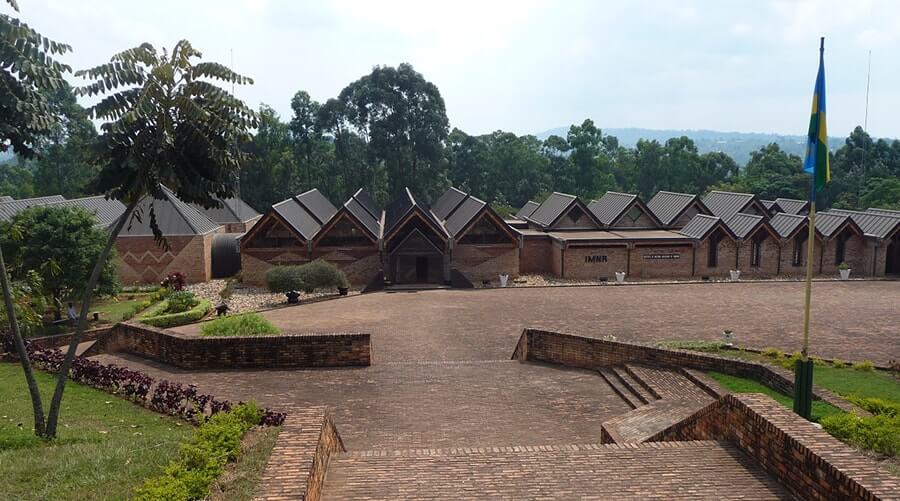Ethnographic Museum of Rwanda

The Ethnographic Museum Rwanda in Butare also formerly called the National Museum of Rwanda is the largest museum in Rwanda as compared to many museums in the country. The musuem commonly referred to as the Butare Museum is located in Butare area about 35 kilometer’s drive from Kigali city.
The Ethnographic Museum is one of the best places to learn about the history and geopolitics of Rwanda. Severe ancients thing about Rwanda are found there with all the historical culture and traditions of Rwandans which has attracted many visitor including the tourists to share an experience with Rwanda culture norms and traditional.
The National museum was constructed in the late 1990’s and is also famous place for the death of Queen Dowager Rosalie Gicanda the wife to the Rwandan king mwami who was killed during the genocide on 20th April 1994.
Rwanda has also got other museums apart from Butare museum among which includes Rukare ancient history museum, Nyanza –Rwesero art museum and kigali-kandat house. All these provide a rich insight into Rwandan culture and traditional cultures.
The place presents to you an amazing collection of exhibitions about Rwanda culture and the traditional history. This museum was opened in 1988 by Belgium’s king Baudouin 1 who presented it to Rwanda as a gift. The museum is sited on 20 hectares of land that covers indigenous vegetation together with traditional craft training center .The building covers a land surface of 25000 m2 with seven rooms where each room illustrates people from earliest age to present times. The place has variety of English pamphlet a and books that are on sale which are labeled in English and some in Kinyarwanda, feel free to buy any of the books as that may help you understand the original background/history of Rwanda.
Room 1 at the main entrance hall has a galaxy for provisional exhibitions with severe shelves that contain traditional handcrafts that is for sale. The second room displays a broad view of Rwanda’s environmental, physical, and ecological and the geographical history and the growth of its territory and inhabitants of Rwanda. The third room displays different occupation of the people of Rwanda such as hunters/gatherers, farmers and stock keepers. All the above are being illustrated plus the advanced development gears and mean of transport.
The guides will explain to you the social importance of cattle keeping and they will take you through guidelines to follow while making traditional banana beer. The forth room displays a number of handcrafts and how they make the traditional household items such as mats ,baskets, pottery ,wooden shields of Intore traditional dance ,leatherworks and many more others.
Visit the fifth room that displays different styles and methods of traditional architecture plus the how then a full royal hut is constructed .Room 6 illustrates traditional games and sports and there is space available for costumes and traditional equipment’s for the traditional dances .Room 7 consists of displays reciting the traditional culture, customs and beliefs, history, poetry and oral tradition and supernatural wellbeing of Rwandans. There is still on site construction that is on its way therefore more rooms are yet to be added.
Getting there.
There are a number of bus companies found in Kigali that run between Huye (Butare) and Kigali just 2 and half hours some of which have services to Nyamagabe just 30 minutes’ drive Nyanza 45 minutes) drive and Cyangugu four hours’ drive from Kigali. The local minibus can be easily found in the taxi park and on the road to Huye (Butare) the road that heads to Nyungwe forest national park.
